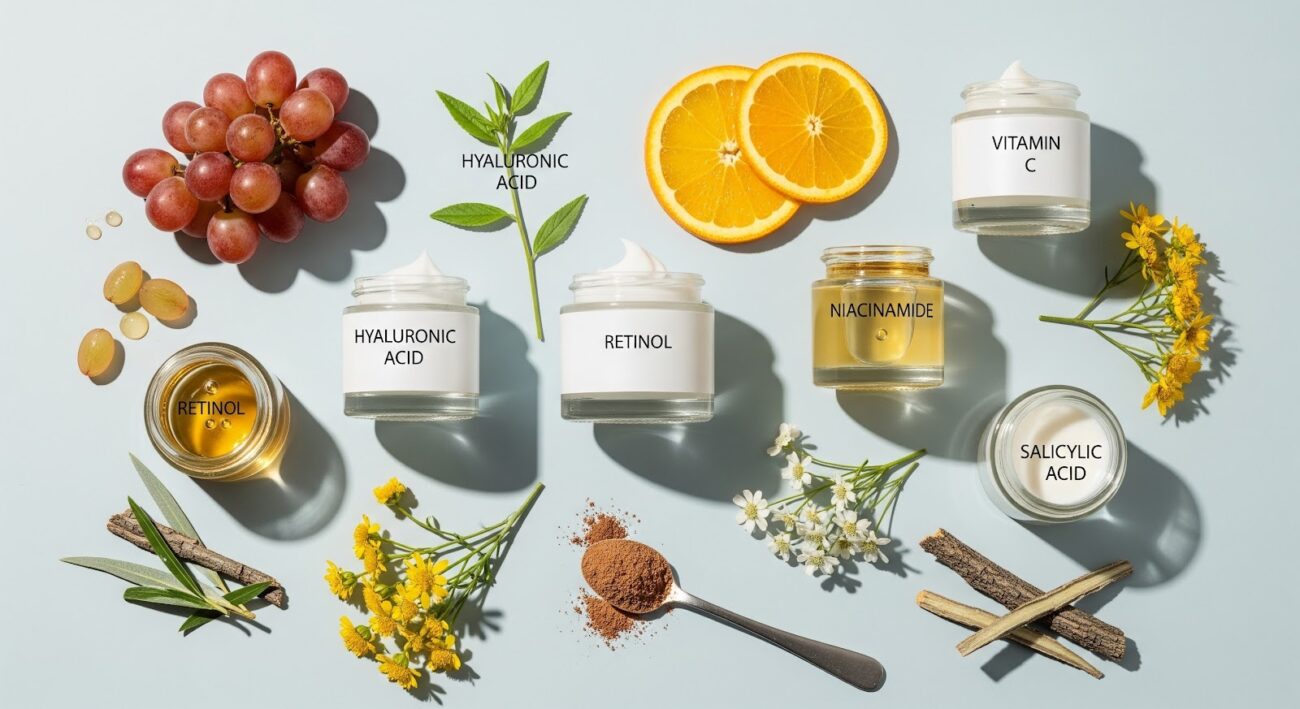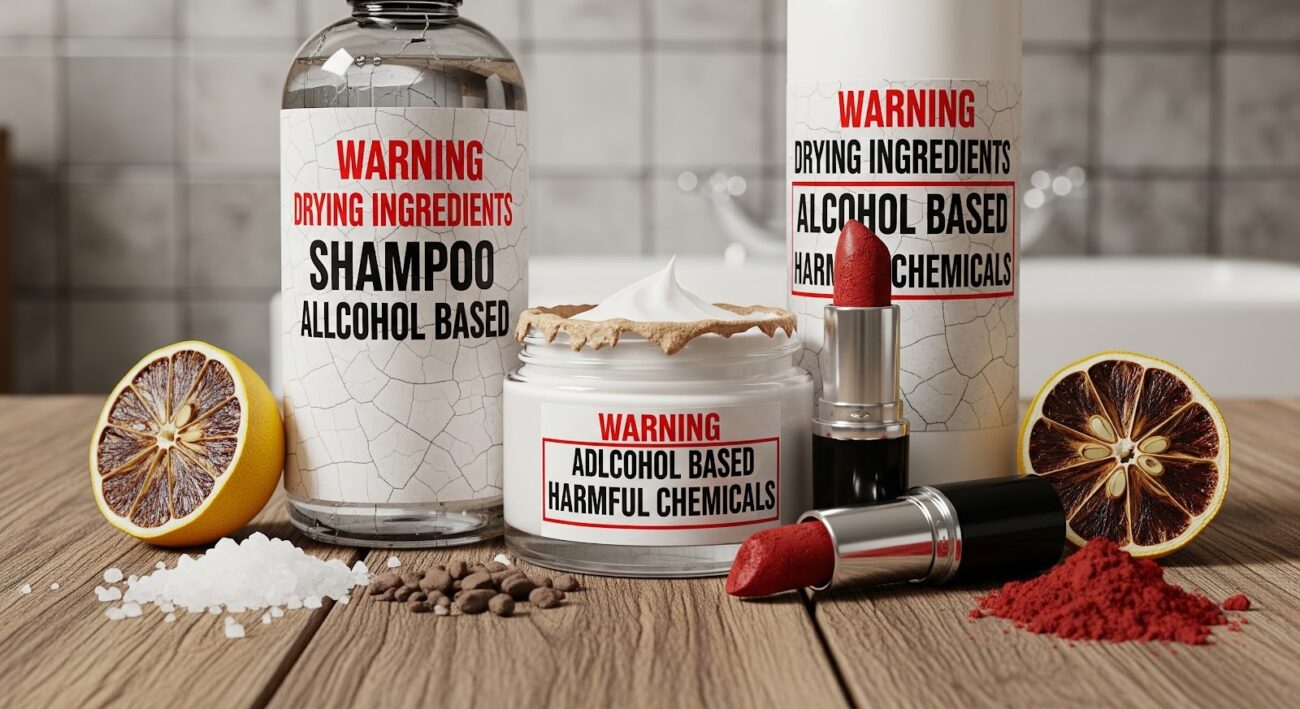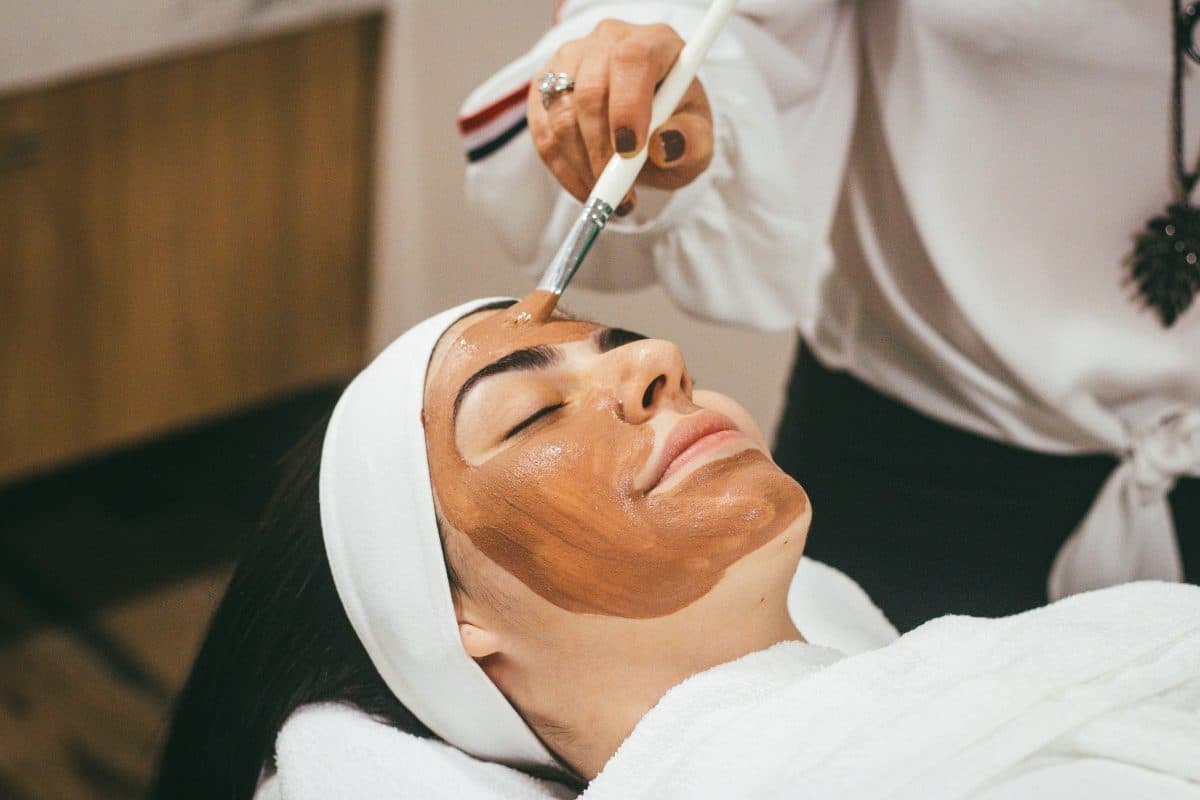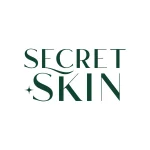Blog
Beauty Decoded: How to Read Skincare Labels Like a Pro

Ever looked at a jar of cream and felt lost in a sea of scientific names? You’re not alone. At Secret Skin, we believe beauty should be transparent. Understanding skincare labels isn’t just for chemists; it’s for anyone who wants healthy, glowing skin.
If you’re revamping your routine, start by checking out our guide to the best skincare products in South Africa. It’s a great first step before mastering how to read ingredient labels on cosmetics.
How To Read Ingredient Labels on Cosmetics
Here are a few key things to keep in mind when taking a peek at those ingredient lists.
Decoding Common Terminology
Understanding beauty terms helps you filter marketing fluff from facts and take charge of your routine. Words like active, dermatologically tested, or hypoallergenic often appear, but what do they mean?
- Active ingredients are those that directly target concerns such as brightening, exfoliation, or hydration.
- Dermatologically tested tells you that it’s been tested on skin, but doesn’t necessarily guarantee it’s suitable for everyone.
- Fragrance-free vs. unscented: the first means no added scent chemicals; the second means any smell has been masked. This distinction is essential when identifying ingredients in skincare that can trigger irritation.
Regulatory Standards and Labeling Guidelines
In South Africa, all cosmetics must include a full INCI list (the International Nomenclature of Cosmetic Ingredients). This standardized cosmetics ingredients list ensures transparency and allows you to check ingredients in cosmetics against verified safety databases.
Always look for a complete INCI name list on your packaging, not just marketing terms like “natural” or “organic.” Even “natural” formulas can contain toxic ingredients in skincare products if poorly preserved.
Order of Ingredients: What It Means
In every cosmetics ingredients list, items appear in descending order by concentration. That means the first few ingredients form the majority of the product. Understanding this order helps you interpret cosmetic ingredients and their functions.
You’ll also be able to spot bad ingredients in cosmetics that might not serve your skin. For example, if glycerin or hyaluronic acid appears near the top, you’re looking at a hydrating formula. If alcohol denat or strong solvents top the list, it could mean potential dryness.

Decoding Common Ingredients and What They Do
Let’s explore some essential skincare ingredients that every skincare enthusiast should recognise.
Moisturisers: Glycerin, Hyaluronic Acid, Squalane
Glycerin
A powerful humectant that draws water into the skin, a hero among the best skincare ingredients.
Hyaluronic acid
Found in many serums, this molecule holds up to 1000 times its weight in water. Ideal for dehydrated skin.
Squalane
Derived from olives or sugarcane, it mimics skin’s natural oils, balancing moisture without clogging pores.
Acids: AHAs, BHAs, Salicylic Acid – When to Use and Who Benefits
Chemical exfoliants are game-changers, but understanding how to read skin care ingredients helps you use them correctly.
- AHAs (Alpha Hydroxy Acids) like glycolic or lactic acid resurface dull, textured skin. It’s great for normal to dry types.
- BHAs (Beta Hydroxy Acids) such as salicylic acid are oil-soluble, making them effective for acne-prone or congested skin.
Using acids too frequently can harm your barrier, so less is more. To learn more about acid safety and skin compatibility, check the U.S. National Library of Medicine’s antioxidant and acid research.
Antioxidants: Vitamin C, Green Tea, Niacinamide
Antioxidants neutralise free radicals, strengthen the skin barrier, and boost glow.
- Vitamin C brightens and firms.
- Green tea extract soothes and defends against inflammation.
- Niacinamide regulates oil and refines texture.
Together, these make up some of the best skincare ingredients you can invest in for daily defense.
Preservatives: Phenoxyethanol, Parabens – Which Are Safe?
Preservatives prevent microbial growth, protecting your skin’s health. However, understanding cosmetic ingredients analysis is key:
- Phenoxyethanol is safe in low concentrations (< 1 %).
- Parabens, despite controversy, are still among the most effective and safe when regulated.
A product without preservatives might sound “pure,” but it risks contamination. Avoid the hype and focus instead on balance and evidence.
Fragrances and Sensitizing Ingredients
Hidden scents can be among the most harmful ingredients in cosmetics for sensitive skin. Labels listing “parfum,” “fragrance,” or multiple essential oils may cause irritation.
For delicate skin, stick with “fragrance-free” formulas and avoid synthetic masking agents. This vigilance helps you steer clear of cosmetic ingredients to avoid.

Tips for Spotting Red Flags
Skincare can be expensive. Keep these in mind so you don’t spend your cash on harmful products.
Overloaded Ingredient Lists
When a formula reads like a novel, pause. Too many makeup ingredients or common ingredients in makeup can overcomplicate your skincare and raise the risk of reactions. A simpler formulation means fewer variables and better control.
Alcohols and Harsh Preservatives
Some alcohols are beneficial (like cetyl or stearyl alcohol for texture), but others can be drying. High levels of alcohol denat may compromise your barrier. If you have dry or reactive skin, use cosmetic ingredients analysis tools online to flag ingredients to avoid in skincare before purchase.
Hidden Fragrances
Terms like parfum may sound harmless, but can hide dozens of compounds. These bad ingredients in cosmetics can cause redness, itching, or flare-ups. Always look for full disclosure in the cosmetics ingredients list because transparency equals trust.
Wrapping Up Your Skincare Label Crash Course
Mastering how to read ingredient labels on cosmetics changes the way you shop, use, and love your skincare. Understanding the INCI list, recognising toxic ingredients in skincare products, and valuing high-performing skincare ingredients gives you the power to make smarter choices.
When you can decode cosmetic ingredients and their functions, you become your own beauty chemist, and one who values clarity, safety, and performance.
Ready to apply your new knowledge? Explore our curated collection of transparent, high-quality formulas at Secret Skin, where your skin gets everything it needs.




